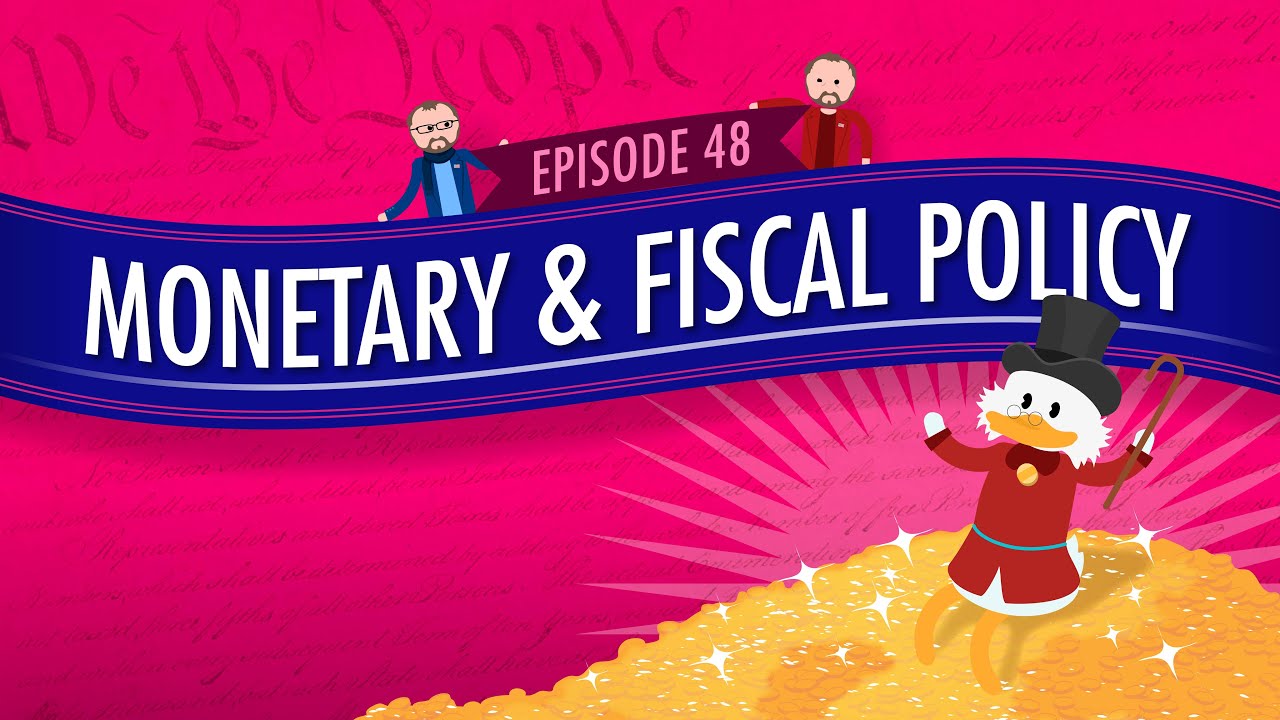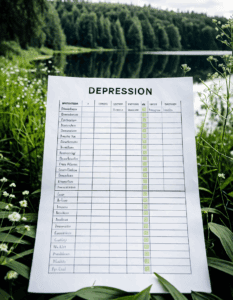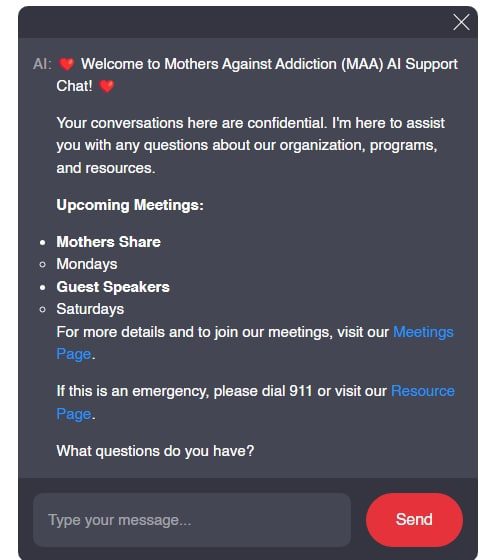The landscape of our future, especially for families grappling with youth addiction, is being shaped profoundly by government and policy. When Governments and Policy decisions take priority in addressing youth addiction, they can create seismic changes that ripple across society, bringing hope and tangible solutions to countless families. As we unravel how these decisions impact our communities, we must also reflect on how policies from various countries have set benchmarks for effective addiction strategies.
The Role of Government in Addressing Youth Addiction
In recent years, governments worldwide have upped their game in tackling youth addiction—a crisis that haunts millions of households. Take Portugal, for example. The country decriminalized all drugs, opting for a public health approach to reduce drug-related harm. This has charted a course that, while not without flaws, offers lessons in harm reduction Policies.
On another front, Iceland has achieved staggering success with its preventative measures. By focusing on community outreach programs, Iceland drastically curtailed substance abuse rates among teens. These efforts remind us that policies are about choices—what the government decides to do or not do about a particular problem, such as youth addiction, can make all the difference.
Policy Innovations That Pioneer Change
Amidst the struggle to combat addiction, governments are innovating their policies to meet the challenge head-on. In the United States, the MAT (Medication-Assisted Treatment) program has shown remarkable success, especially in states like Vermont. By melding medication with counseling, the program addresses both the physical and psychological hurdles of addiction.
But it’s not just about medicine. Policies that integrate efforts across various sectors, such as mental health and employment, create a holistic approach. Programs like these emphasize that treating addiction isn’t solely about stopping drug use; it’s also about sustaining the recovery momentum and rebuilding lives.
| Aspect | Description |
| Definition of Policy | Government’s choice of actions (or inactions) regarding specific issues or problems. |
| Federal Public Policies | Medicare, Medicaid, TANF (Temporary Assistance for Needy Families), Social Security, unemployment insurance, SNAP (food stamps). |
| Legislative Power | Vested in Congress. Only Congress can make new laws or amend existing ones. |
| Executive Branch Role | Implements laws through regulations under Congress’s authority. |
| Economic Influence | Governments impact the economy by modifying taxes, spending, and borrowing. |
| Resource Allocation | Direct and indirect government influence on economic resource utilization. |
| Influencing Factors | Public opinion, economic conditions, scientific findings, technology, interest groups, NGOs, business lobbying, political activity. |
| Addiction-Related Policies | Specific initiatives for prevention, treatment, and support for addiction recovery. |
| Medicaid/Medicare | Federal programs offering health coverage, including addiction treatment for eligible individuals. |
| TANF | Provides temporary financial assistance, which can be critical for families impacted by addiction. |
| Unemployment Insurance | Offers financial support to those who are unemployed, including potential benefits to those recovering from addiction. |
| Supplemental Nutrition Assistance Program (SNAP) | Provides food-purchasing assistance for low-income individuals and families, supporting those affected by addiction. |
Addressing the Opioid Crisis Through Government Action
The opioid crisis continues its relentless assault on communities, necessitating bold governmental intervention. In 2020, the U.S. made a notable stride with the SUPPORT for Patients and Communities Act. This extensive bill channels increased funding to addiction treatment services, mandates stricter prescription regulations, and ramps up surveillance of opioid distribution.
The gravity of the opioid epidemic demands nothing short of a multifaceted and rigorous response. Policies like this reflect the understanding that to curb this crisis, it’s not enough to treat the symptoms. Comprehensive tactics are required—the kind that aims to prevent addiction before it starts, reduces the harm it causes, and supports recovery every step of the way.
The Impact of Policy on Mental Health Services Accessibility
Addressing addiction also means tackling the thorny issue of mental health. It’s like trying to draw a rocket ship drawing—you need all parts to work together for it to launch. Canada’s national mental health strategy is a sterling example. By combining mental health and addiction services under a single umbrella, Canada has enhanced accessibility for millions.
Mental health parity laws that ensure equal insurance coverage for mental health and addiction treatments are pivotal. These policies guarantee that financial barriers do not obstruct people from getting the help they need. Access to integrated care—where mental health and addiction treatments are not just available but seamlessly linked—is vital for enabling effective and lasting recovery.
International Cooperation and Policy Development
Addiction doesn’t respect borders, making international cooperation essential. The European Monitoring Centre for Drugs and Drug Addiction (EMCDDA) exemplifies this approach. By fostering collaboration among EU countries, they’ve developed cross-border services that improve monitoring, prevention, and treatment.
International policies forged through cooperation can strengthen overall addiction strategies. They promote shared knowledge, resources, and best practices, creating a united front against the scourge of addiction. This global approach underscores the necessity for continual dialogue and partnership between nations.
Grassroots Advocacy Shaping National Policies
Grassroots organizations wield tremendous power in shaping national addiction policies. Take Release in the U.K., for instance. This nonprofit advocates for harm reduction approaches, influencing public discourse and policy through rigorous research and community efforts.
These grassroots movements have significant clout, steering legislation like the Psychoactive Substances Act. They remind us that policy innovations often stem from community-level advocacy—driven by those directly impacted and most passionate about finding solutions.
Future Policy Directions: A Model of Hope
Looking ahead, governments can draw inspiration from evidence-based models to craft future policies. Switzerland offers a promising example with its clean needles and supervised injection sites. These initiatives have curbed infectious diseases and overdose fatalities, showcasing the potential of humane and efficient addiction strategies.
By emulating such policies, there’s hope for a global shift towards comprehensive and compassionate addiction treatment. Effective policy isn’t just about enforcement; it’s about creating environments that support recovery, reduce harm, and foster resilience.
Collective Efforts Steering the Way Forward
Ultimately, combating addiction requires an alliance of government policies and grassroots initiatives. Effective solutions arise from policies informed by the lived experiences of individuals and families affected by addiction. By merging insights from successful models, international collaborations, and community advocacy, we can envisage a future brighter and less burdened by addiction.
Together—through Government and Policy coupled with grassroots activism—we can shape a future filled with hope, support, and recovery for all families. High-quality and well-researched content like this article helps illuminate the crucial role every part of society plays in addressing addiction, making the impacts of these efforts more visible and understood.
Dive deeper into Drug policy reform to understand how collaborative efforts are leading the fight against addiction. Meanwhile, you can explore Overcoming guilt And shame, essential for parents supporting children through recovery. Policies and personal resilience intertwine, ultimately steering our societies toward a hopeful tomorrow. Through informed action and compassionate support, we stand a real chance at a future where addiction’s grip is significantly weakened.
In closing, let’s not forget the powerful influence of “Harm reduction policies” and how grassroots voices shape national narratives. As communities and policymakers continue to navigate these turbulent waters, it’s this synergy that will steer us towards lasting change. Our collective efforts are more than just policies—they’re lifelines for families seeking hope and recovery amid the storm of addiction.
Government and Policy Shaping Our Future
Ever wondered how Government and Policy shape the big picture? Dive into the nitty-gritty and discover some fun trivia and interesting facts. From zoning laws to federal rate changes, it’s all connected!
Zoning Laws and Their Impact
Did you know zoning laws play a key role in how cities are planned and structured? What is zoning( is a fascinating topic that determines whether an area can be used for residential, commercial, or industrial purposes. These regulations influence where schools, parks, and businesses can thrive, which in turn, impacts community development and daily life.
The Federal Reserve and Interest Rates
Speaking of impactful policies, another intriguing facet is the decisions made by the Federal Reserve. For instance, there’s a buzz around the Fed rate hike July 2024( and its potential effects on the economy. Changes in interest rates can influence spending, saving, and investment behaviors. This intricate dance has a ripple effect on financial stability and economic growth.
Fun Fact Corner
Fun fact: Even video game developers incorporate government-like policies into their virtual worlds. Take Final Fantasy 16 DLC( as an example. Developers create laws and rules within the game to build engaging and balanced experiences for players—a testament to how governance principles apply beyond our daily lives.
Thought-Provoking Quotes
For a dose of inspiration, remember Charles Bukowski, who famously remarked, “We are here to laugh at the odds and live our lives so well that Death will tremble to take us.” His Charles Bukowski quotes( often reflect on the resilience of the human spirit, which resonates remarkably well given the challenges posed by governmental and policy changes.
By weaving through these layers of trivia and facts, we see that Government and Policy are not just abstract concepts but elements deeply intertwined with our everyday lives. They influence everything from the economy to urban development and even the virtual realms we escape into.

What is one example of government policy?
Medicare is an example of government policy at the federal level.
What is the difference between government and public policies?
Government policies are the actions or non-actions taken by the government on an issue, while public policies are specific plans or actions guiding decision-making in areas like health or welfare.
Who makes policies in government?
Congress makes policies in government by creating and changing laws, while Executive Branch agencies issue regulations under those laws.
How do government policies affect us?
Government policies affect us by shaping the taxes we pay, the public services we receive, and even the economic environment we operate in.
How do you explain government policy?
Government policy refers to the choices and actions taken by the government in response to particular issues or problems.
What is a policy example?
Medicare is a policy example, providing health insurance to individuals aged 65 and older.
What are the three major types of policies in government?
The three major types of policies in government are distributive, redistributive, and regulatory policies.
What is the purpose of policy in government?
The purpose of policy in government is to address societal issues, manage public resources, and protect citizen rights.
What are the government’s policies?
Government policies include Medicare, Medicaid, TANF, unemployment insurance, and food stamps, among others.
Who controls government policies?
All legislative power for controlling government policies is vested in Congress.
What is policy in one word?
Policy in one word is “strategy.”
Who dictates policy?
Congress, influenced by various factors like public opinion and lobbying, dictates policy.
What is a policy problem?
A policy problem is an issue or challenge that requires governmental action or intervention.
How do policies help us?
Policies help us by providing structure, security, and resources needed to function in society and economy.
How do states make policies?
States make policies through their own legislatures and agencies, which pass laws and regulations.
What are the government’s policies?
Government’s policies include programs like Social Security, Medicaid, and unemployment insurance.
What is one example of government?
An example of government is the federal government of the United States, which enacts laws and policies.
What is a government policy quizlet?
A government policy quizlet refers to educational flashcards or study guides that help explain and memorize details about government policies.
What are the three major types of policies in government?
The three major types of policies in government are distributive policies (providing services), redistributive policies (shifting resources), and regulatory policies (controlling behaviors).




























